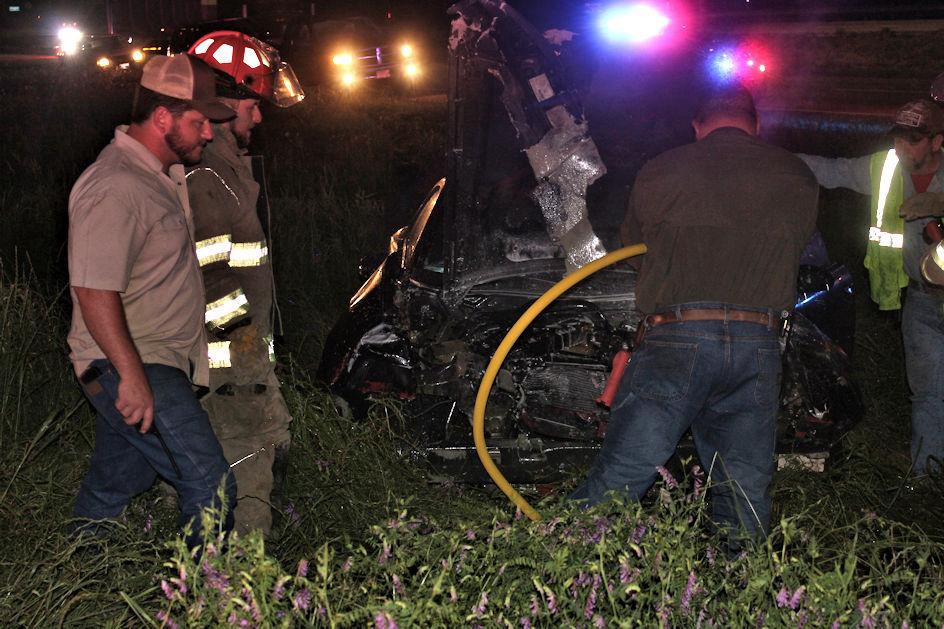By Terri Peden
East Texas, with its towering loblolly pines and slow-swirling rivers, holds secrets in its soil—stories older than the paved roads that now crisscross these counties. From Polk to Liberty, San Jacinto to Trinity, folklore runs deep, and the line between history and myth is often blurred beneath the canopy of moss-draped oaks. While the region may not boast the fame of Salem or Roswell, the tales that have endured in our Piney Woods are every bit as chilling—and, perhaps, closer to home than we care to admit.
One of the most enduring legends hovers just outside Polk County, down a quiet dirt path known as Bragg Road, or more famously, the Light of Saratoga. For generations, locals and thrill-seekers alike have reported a floating orb of light bobbing along the old railroad bed, seemingly drawn by some invisible force. Some say it’s the lantern of a decapitated railway worker, still searching for his head; others point to swamp gas or refracted car lights. Yet, despite numerous investigations, the mystery endures—bright and flickering like the legend itself.
Not far away, in Liberty County, stands the Ott Hotel, an old, creaky structure that has become the stuff of ghost-hunting lore. Guests report cold spots, ghostly whispers, and even full-bodied apparitions wandering the hallways. The building’s age and history, coupled with the sheer volume of alleged sightings, make it a centerpiece in any conversation about Texas hauntings. For Liberty’s residents, the Ott is both a relic and a reminder that some spirits may never check out.
Head west to Coldspring in San Jacinto County, and you’ll hear hushed stories about the hanging tree—a somber, gnarled oak said to be the final resting place for condemned souls from the frontier days. Some claim to hear footsteps circling the tree at night. Others refuse to speak of it at all. In a region built on independence and grit, it is perhaps fitting that even the dead are reluctant to leave.
But East Texas doesn’t stop at ghosts. The region has had its brushes with the unexplained and the wild—tales that straddle the realm of cryptozoology. In nearby Tyler County, which borders parts of Trinity and Polk Counties, the 1800s brought stories of the “Wild Woman of Caney Creek,” a feral figure whose howls shattered the stillness of the night. Rocks were thrown at homesteads, livestock went missing, and whispers grew of a creature lurking just beyond the treeline. Whether she was a lost settler, a reclusive outcast, or something more… primal, remains unanswered.
Liberty County also sits at the edge of the Big Thicket, an area teeming with legends of buried treasure and strange beasts. The thicket’s dense underbrush and shifting terrain have long fueled rumors of bandit gold hidden away during Texas’ lawless frontier years. Some treasure hunters still scour the woods with metal detectors and hope, though they might find more than they bargained for: eerie encounters, vanishing figures, and an overwhelming sense that they are not alone.
These stories may be dismissed by skeptics as rural yarns or backwoods fantasy—but for those of us who’ve walked these forests and felt the night press close, they are something more. They are part of our identity. They echo our fears and our hopes. They challenge what we think we know about this place we call home.
In a world increasingly obsessed with logic and data, perhaps it’s comforting to know that mystery still exists—that right here in East Texas, the unexplained still whispers among the pines.
And maybe—just maybe—it’s listening to you too.
Got your own East Texas ghost story or hidden treasure rumor? Share it with us. After all, some legends are only waiting for someone new to tell them.




